Alessandro Acri, Maria Miele, Marco Martuccio - Beethoven: The Second Symphony (Piano Trio Version Attributed to the Composer), Trio Op. 3 No. 1 (2025)
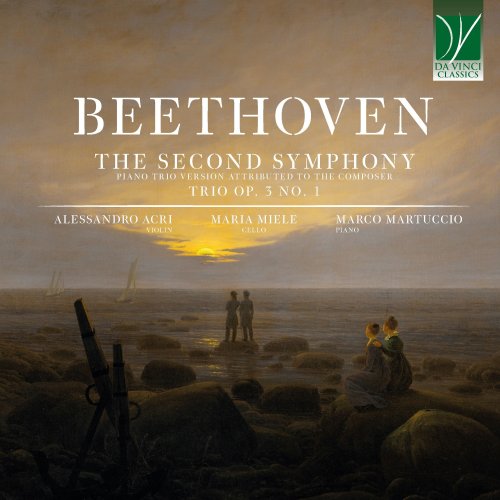
Artist: Alessandro Acri, Maria Miele, Marco Martuccio
Title: Beethoven: The Second Symphony (Piano Trio Version Attributed to the Composer), Trio Op. 3 No. 1
Year Of Release: 2025
Label: Da Vinci Classics
Genre: Classical
Quality: flac lossless (tracks)
Total Time: 01:06:04
Total Size: 257 mb
WebSite: Album Preview
TracklistTitle: Beethoven: The Second Symphony (Piano Trio Version Attributed to the Composer), Trio Op. 3 No. 1
Year Of Release: 2025
Label: Da Vinci Classics
Genre: Classical
Quality: flac lossless (tracks)
Total Time: 01:06:04
Total Size: 257 mb
WebSite: Album Preview
01. Symphony No. 2 in D Major, Op. 36: I. Adagio molto - Allegro con brio (Piano Trio Version Attributed to the Composer)
02. Symphony No. 2 in D Major, Op. 36: II. Larghetto (Piano Trio Version Attributed to the Composer)
03. Symphony No. 2 in D Major, Op. 36: III. Scherzo. Allegro (Piano Trio Version Attributed to the Composer)
04. Symphony No. 2 in D Major, Op. 36: IV. Allegro molto (Piano Trio Version Attributed to the Composer)
06. Piano Trio No. 1 in C Minor, Op. 3: II. Andante cantabile con variazioni
07. Piano Trio No. 1 in C Minor, Op. 3: III. Minuetto I. Quasi Allegro
08. Piano Trio No. 1 in C Minor, Op. 3: IV. Finale. Prestissimo
A Piano Trio that has symphonic ambitions – and that was in fact transcribed for a larger ensemble by Beethoven himself; and a Symphony transcribed for a chamber ensemble, possibly by Beethoven, or at least under his supervision. This Da Vinci Classics album invites the listener to a journey within the music and inspiration of a young Beethoven. The two works recorded here are separated, in their composition dates, by some six or seven years: not much, one would say, in comparison with an average human being’s lifespan. Yet, there is a substantial difference between a twenty-five y.o. and a man who has crossed the threshold of his thirties. And this is particularly true of Beethoven, and especially of the works under discussion. In fact, the op. 1 Trios were the pieces he selected in order to present himself to the public – his debut pieces, his musical showcase. They were neither his first compositions, nor even his first published works; however, the mark of “opus I” attributed by a composer to a printed work is a clear recognition of the piece’s primogeniture.
The genre of the Piano Trio was still rather young at that time. Haydn – who had taught Beethoven – had written some delightful Piano Trios, where, however, there is limited independence and autonomy of the three instruments. Both violin and cello, that is, are little more than doublings of the parts played by the pianist’s hands. Of course, this is a blunt way to put it; yet, the ideal of chamber music as a dialogue among peers – an ideal perfectly embodied in Haydn’s own string quartets – is still a goal to reach when one considers these Trios.
With Mozart – who was the son of an excellent violinist, and a very good violin player himself – there is some emancipation of the violin part, aided and fostered also by the extraordinary melodic gifts of the Austrian composer. Both the piano’s right hand and the violin are considered as instrumental replacements of operatic singing, and the beauty and elegance of these tunes is, as always, unforgettable. Still, the cello remains in the background, and is mainly confined to the role of harmonic bass.
With Beethoven new ambitions come to the fore. The very structure of the Piano Trio acquires one more movement, a Minuet or Scherzo, which bespeaks of the symphonic concept behind Beethoven’s idea of a Piano Trio. The length of the individual movements is also expanded; and the cello (an instrument Beethoven particularly liked) is now on a footing of equality with the other two instruments.
The premiere of these three Trios took place at the Palace of Count Lichnowsky, one of Beethoven’s first patrons (“first” both chronologically and economically). He did not maintain a full orchestra for his Court, as did other aristocrats, but he regularly hosted chamber music soirees in his Palace. He was in particularly good relationships with Haydn, whose string quartets were constantly given at his place. Haydn himself was present at the premiere of Beethoven’s op. 1, and the event was to be remembered forever due to Haydn’s (alleged and reported) reaction. Firstly, it was said that Haydn had many words of praise for his former student’s work. Haydn was an extremely kind and generous person, and doubtlessly he was particularly fond of his slightly rebellious and certainly inspired former pupil. However, as legend has it, Haydn advised Beethoven not to publish the third Trio (the one recorded here), since he doubted that the audience’s reaction would be positive. The anecdote must be spurious, because, by the time Haydn could have heard these pieces and formulated his advice, the Trios had already been published. However, undeniably Beethoven was taking risks with this third Trio, which is entirely unconventional, untraditional, unexpected.
Beethoven, so it seems, was outraged by the elderly master’s criticism, since he himself considered the third Trio as the best of the set (and of course he was right: indeed, there can be no contradiction between Beethoven’s high consideration of op. 1 no. 3 and Haydn’s perplexity about its palatability). It seems, then, that the relationship between Haydn and Beethoven became strained after this incident, and that only when Beethoven decided to dedicate his op. 2 (a set of three Piano Sonatas) to the master their friendship was resumed.
The third Trio, as hinted above, is the most revolutionary and forward-looking of the three, in spite of the Minuet it includes – which is, by Beethoven’s standard, a return to an earlier model. Still, even this Minuet is far from the polite, gentle, and somewhat rigid eighteenth-century courtly dance it used to be; its odd profiles are quintessentially Beethovenian, and its dark humour is rather corrosive.
Among the many extraordinary moments of this Trio are its opening and its ending: an opening in unisono, where all instruments play together the same melodic line, followed by themes which are constantly broken and interspersed with questioning rests, disquieting interruptions, and anguished sighs. The ending, after a breathtaking Prestissimo which challenges the technical prowess of the performers (and which may have been one of the reasons for Haydn’s perplexity: indeed, it is much more difficult than the average chamber music works of Beethoven’s time), is as enigmatic as it could be. From the viewpoint of dynamics (with an extended pianissimo coda, which is a won bet on the surprise effect: it elicits as much enthusiasm as a thunderous, boisterous conclusion), of harmony (with unexpected tonal wanderings), and of melody, it is totally startling. It makes the listener uneasy, with its harmonic wavering; yet, it is also profoundly satisfying, just as are other artistic masterpieces which play with their recipients by frustrating, rather than fulfilling, their expectations.
There are also many other unforgettable moments, such as the expressive cello passages, some of which challenge the performer to play in the highest register; or the elegant, profound Variations which adorn a simple theme but, once more, play skillfully with him by leading the music much farther from the model than one could expect.
It remains to be said that, although Haydn was probably right in indicating this Trio as the most unsettling of the set, his prophecy about its (un)success did not prove true. In fact, the Trios sold very well – more than four hundred copies, which was a rather extraordinary exploit for a debut – and contributed to establishing Beethoven as the most promising young composer of contemporaneous Vienna. Seemingly, Haydn – who was, as said before, an endearing person – was quick to acknowledge his fault, saying that “he would never have imagined that this trio could be so quickly, so easily understood, and so well received by the public”.
As mentioned before, such was the success of this Trio and its lasting legacy, that Beethoven himself was to transcribe it as a String Quintet, op. 104, in 1817. Another transcription – in this case from a larger to a smaller ensemble – constitutes the other work recorded in this album. It is a version for piano trio (attributed to Beethoven, or perhaps to his student Ferdinand Ries under the composer’s supervision) of Beethoven’s Second Symphony. Paradoxically, the dark C-minor Trio was written at a time when Beethoven was looking with reasonable optimism and good hopes to the future, whilst this Symphony, full of moments of humour and wit, is almost contemporaneous with the so-called Testament of Heiligenstadt (1802). In fact, this Symphony was composed in the same village as the heart-rending letter in which Beethoven discloses his deafness and the sorrow it was causing him, as well as the presence of suicidal temptations which he overcame thanks to the feeling of being called to give the world the music he had inside himself. True, the concert in which the Second Symphony was premiered (at the Theatre An der Wien) saw also the debut of two very different works: the C-minor Piano Concerto and the Oratorio Christ on the Mount of Olives, which is a rather open reinterpretation of Beethoven’s own suffering. Still, very little of this emerges from the notes of the D-major Symphony, which is dedicated – like the C-minor Trio – to Prince Lichnowsky. About it, Hector Berlioz would comment, in 1862, that “everything in this symphony smiles”. It is a work built on contrasting emotions, opposite characterizations, and novelties; it exudes surprises at every bar, particularly in the form of unexpected modulations and harmonic changes.
The humourous feeling that pervades it has some kinship with the style of certain of Mozart’s works, and, indeed, there is some similarity between Beethoven’s Symphony’s slow introduction and that of the Prague Symphony by Mozart (which is also in D major). The score is punctuated with sforzandos – a typical trait of Beethoven’s style – which seem to play on the suddenness of the composer’s moods; the scherzo, replacing the usual Minuet, is quintessential Beethoven, with his youthful wish to épater le bourgeois, to scandalize the establishment. There is the brilliant final Coda, which, in the original orchestral version, is entrusted to a fanfare, unabashedly and uncompromisingly triumphant. Even when transposed into the much more secluded atmosphere of chamber music and deprived of the orchestral flourishes, this conclusion is likely to leave the listener in awe and amazement, and, probably, with a large smile.
![The Mood Mosaic - The Sexploitation (Pulp Grooves From The Mondo Porno Vault) (2025) [Hi-Res] The Mood Mosaic - The Sexploitation (Pulp Grooves From The Mondo Porno Vault) (2025) [Hi-Res]](https://www.dibpic.com/uploads/posts/2025-12/1766131648_uhod8d4qn4msi_600.jpg)
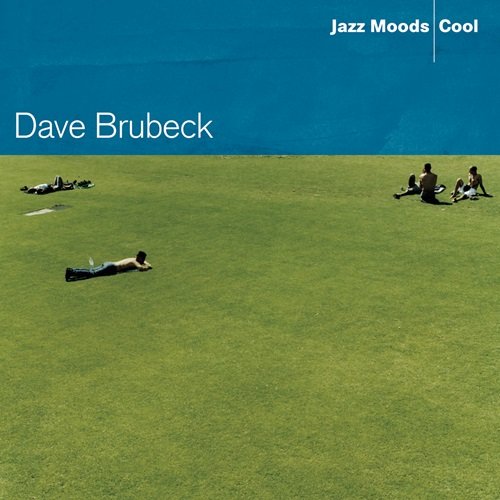
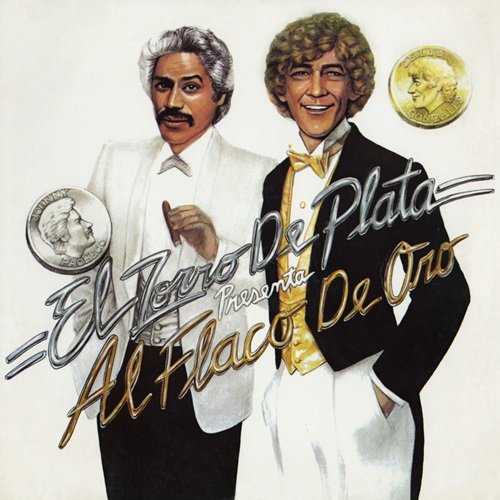

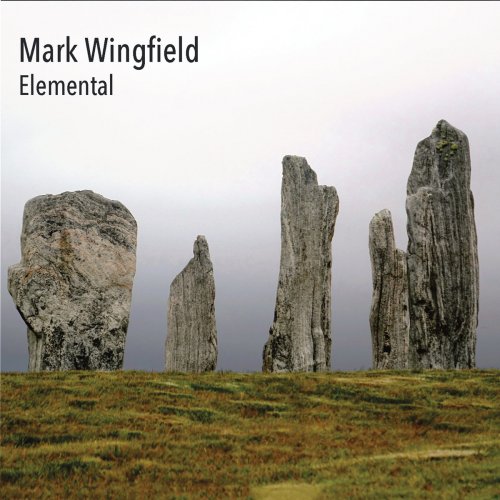

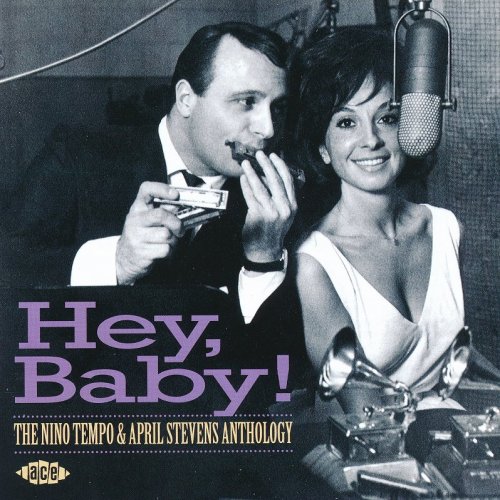
![Paul Mauriat - Mamy Blue (1971) [Hi-Res] Paul Mauriat - Mamy Blue (1971) [Hi-Res]](https://www.dibpic.com/uploads/posts/2025-12/1766140814_nqjtxk40yc4oi_600.jpg)
![Luizinho do Jêje, Marcelo Galter, Sylvio Fraga - Mocofaia (2024) [Hi-Res] Luizinho do Jêje, Marcelo Galter, Sylvio Fraga - Mocofaia (2024) [Hi-Res]](https://img.israbox.com/img/2025-12/19/ie15pqye9f7axu0oyf0ndsk7k.jpg)